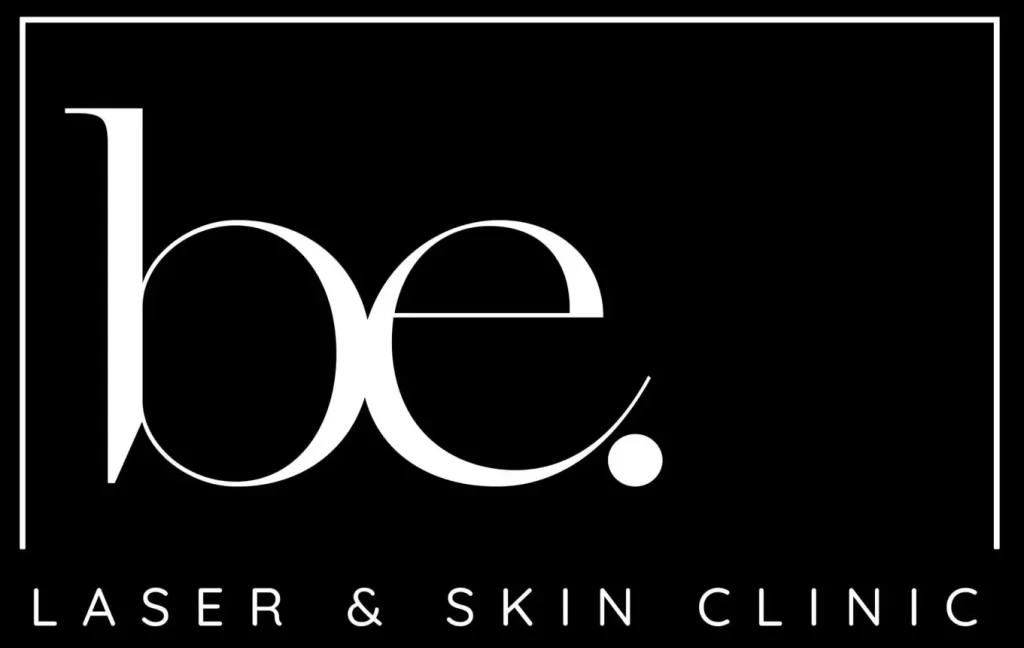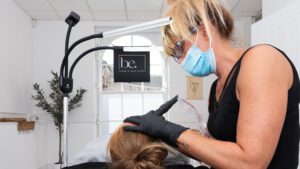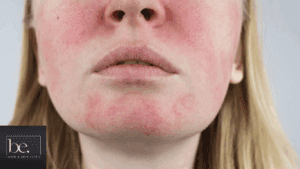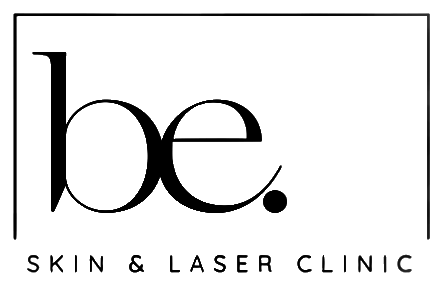I recently looked into laser hair removal and got a bit lost in all the tech terms. You’ve got diode lasers and ND:YAG lasers, each claiming to be gentler on your skin, quicker on your hair. So, in this laser safety comparison, I’m breaking down how each works, who they suit, and what you can do to dodge any nasty surprises. Grab a cuppa, let’s keep it simple.
Key Takeaways
- Diode lasers target melanin in the hair, work well on lighter skin and coarser hair but can cause redness if used on darker tones without the right settings.
- ND:YAG lasers use a longer wavelength that’s safer for deeper tones and cuts the risk of pigment changes, though they might be less effective on very fine hair.
- Simple steps like avoiding sun before treatment, using cooling gels, and following your practitioner’s tips help limit any side effects for both lasers.
.
Laser Safety Comparison: Diode Versus ND:YAG
Laser hair removal has come a long way, hasn’t it? We’ve now got a couple of front-runners in the laser world: diode and ND:YAG. Both zap away unwanted hair, but they do it with slightly different approaches, which means their safety profiles aren’t exactly the same. Let’s break down what you need to know.
Skin Tone Considerations
This is where the real differences start to show. Diode lasers are pretty good all-rounders, but they can sometimes struggle with darker skin tones. ND:YAG lasers, on the other hand, are the champions for darker skin. They use a longer wavelength that bypasses the surface melanin a bit more, reducing the risk of pigmentation changes. It’s not to say diode lasers can’t be used on darker skin, but it often requires more caution and lower energy settings. If you’ve got darker skin, an ND:YAG laser is often the safer bet.
Potential Adverse Effects
Okay, let’s talk about the less fun stuff. Both lasers can cause side effects, but the likelihood and severity can vary. Common side effects include redness, swelling, and temporary skin irritation. With diode lasers, there’s a slightly higher risk of hyperpigmentation (darkening of the skin) or hypopigmentation (lightening of the skin), especially in those with darker complexions. ND:YAG lasers generally have a lower risk of these pigment changes, but they can still happen. Burns are rare with both, but they’re more likely if the laser isn’t used correctly or if the skin isn’t properly prepped. It’s all about finding a skilled technician who knows their stuff. Proper training is key to avoiding issues.
It’s worth remembering that everyone’s skin reacts differently. What works perfectly for one person might cause a bit of irritation for another. Always have a patch test before committing to a full session, no matter which laser you choose.
Here’s a quick comparison table:
| Feature | Diode Laser | ND:YAG Laser |
|---|---|---|
| Skin Tones | Best for fair to medium skin | Best for dark skin |
| Wavelength | Shorter (e.g., 808nm) | Longer (1064nm) |
| Pigment Risk | Higher risk of pigment changes | Lower risk of pigment changes |
| Hair Type | Effective on a range of hair types | Less effective on fine, light hair |
| Comfort Level | Generally well-tolerated | Generally well-tolerated, can be more comfortable for some |
Diode Laser Safety: Benefits And Precautions

Diode lasers are pretty popular for hair removal, and for good reason. They’re generally considered effective, but like anything, it’s worth knowing the ins and outs to make sure you’re making an informed decision. Let’s have a look at what makes them safe and what you should watch out for.
How Diode Wavelength Protects Surrounding Tissue
So, the deal with diode lasers is all about the wavelength. They use a specific wavelength of light that’s really good at targeting the hair follicle without messing too much with the surrounding skin. This is super important because it reduces the risk of damage, especially if you’ve got darker skin. The light is absorbed by the melanin in the hair, which heats up and damages the follicle, stopping future growth. Because the wavelength isn’t as readily absorbed by the melanin in the skin, there’s less chance of burns or pigmentation issues. It’s not a free pass, but it’s definitely a step up in terms of safety.
Pre-Treatment And Aftercare Tips
Okay, so you’re thinking of getting diode laser hair removal? Here’s the lowdown on what to do before and after to keep things safe and smooth:
- Avoid sun exposure: Seriously, stay out of the sun for at least a couple of weeks before your treatment. Tanned skin increases the risk of complications.
- Shave the area: The laser needs to target the hair follicle, not the hair on the surface. Shave the area a day or two before your appointment.
- Skip the lotions and potions: Don’t apply any creams, lotions, makeup, or deodorant to the area on the day of your treatment.
.
Afterwards:
- Cool it down: Apply a cold compress or aloe vera gel to soothe the treated area. It might feel a bit sensitive.
- Stay out of the sun (again): Sun protection is key after laser treatment. Use a high SPF sunscreen and cover up.
- Avoid heat: Skip hot showers, saunas, and intense workouts for a day or two. You don’t want to irritate the skin.
.
It’s important to remember that everyone’s skin is different. What works for one person might not work for another. Always chat with a qualified technician or dermatologist before undergoing any laser treatment. They can assess your skin type and hair colour to determine if diode laser hair removal is right for you and ensure optimal results.
ND:YAG Laser Safety: Suitability And Management
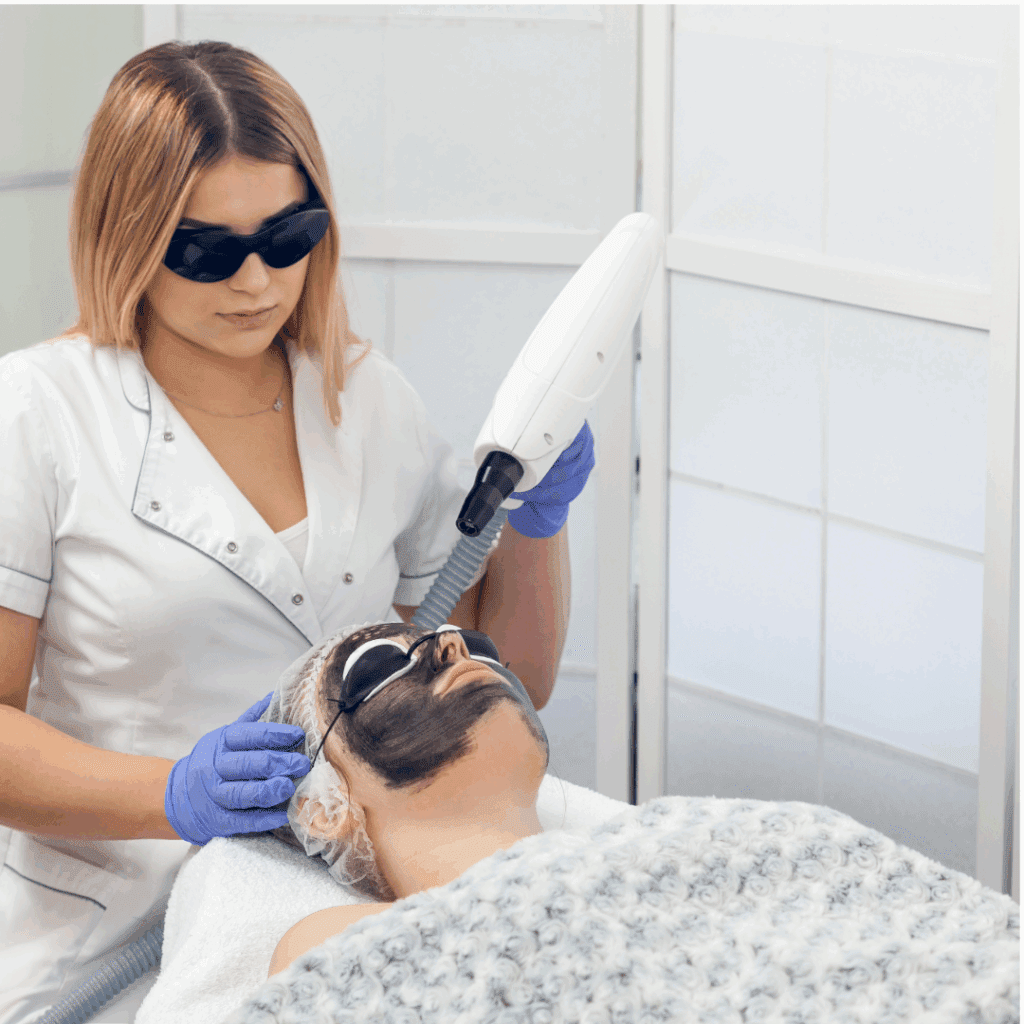
Optimising Treatment For Darker Skin Tones
ND:YAG lasers are often hailed as the go-to for darker skin tones, and for good reason. Their longer wavelength (1064nm) means the laser bypasses the melanin in the skin’s surface, targeting the hair follicle directly. This reduces the risk of unwanted side effects like hyperpigmentation or burns, which are more common with other lasers on darker skin.
- Lower energy levels are typically used.
- Pulse duration is carefully adjusted.
- Multiple sessions may be needed to achieve the desired results.
.
It’s super important to find a practitioner who really knows their stuff when it comes to ND:YAG lasers and darker skin. They should be able to tailor the treatment to your specific skin type and hair colour for the best possible outcome.
Minimising Discomfort And Risks
While ND:YAG lasers are generally well-tolerated, there’s still a chance of discomfort. Here’s how to keep things as smooth as possible:
- A cooling gel is usually applied before treatment to protect the skin and reduce heat.
- Some clinics use a Zimmer cooler, which blows cold air onto the skin during the procedure.
- After treatment, you might experience some redness or mild swelling, but this usually subsides within a few hours.
.
To minimise risks, always follow your practitioner’s aftercare instructions. This might include avoiding direct sunlight, using a gentle moisturiser, and skipping harsh skincare products for a few days. If you’re considering laser hair removal during pregnancy, it’s best to postpone it until after delivery or breastfeeding.
The ND:YAG laser is a strong beam that works well on many skin types. It must be used safely. Wear protective goggles and let only trained people handle it. Always follow the simple safety steps. For a full step-by-step guide, visit our website now!
Conclusion
Ok, so here’s the bottom line: laser hair removal can be pretty safe if you go with the right machine for your skin and hair. Diode lasers are ace on lighter skin with coarse hair, and they work quickly, though you might see a touch of redness afterwards. Nd:YAG lasers suit darker tones better and go deeper without roasting your natural pigment, but they’re not as keen on fine hairs and can feel a bit more like a pinch. You’ll need a handful of sessions, a proper patch test first and some soothing gel afterwards. Yes, there’s a bit of sting, and you might look like you’ve got sunburn for a day or two, but that’s all part of the gig. Just make sure you pick a clinic that knows its stuff and uses up-to-date kit. In the end, it’s not foolproof magic, but it beats the endless shave-and-cream routine for good.
Book a safe session → Laser Hair Removal
Frequently Asked Questions
Does laser hair removal hurt?
It can feel like little pinches or snaps, but most people say it’s just a bit uncomfortable, not painful. Clinics often use cool gels or built-in chillers to make it easier. You might get red skin for a few hours, but that usually goes away fast.
Which laser is better for dark or light skin?
For lighter skin, a diode laser usually works great because it targets the hair colour really well. If you’ve got darker skin, an ND:YAG laser is safer. It goes deeper and skips the skin pigment so there’s less chance of burns or dark spots.
What side effects should I watch out for?
Most people only get mild redness or a little swelling where they were treated. Rarely, you might see light patches or dark patches on the skin. If you follow the before- and after-care tips—like avoiding sun and using gentle moisturiser—you’ll cut the risks down a lot.
